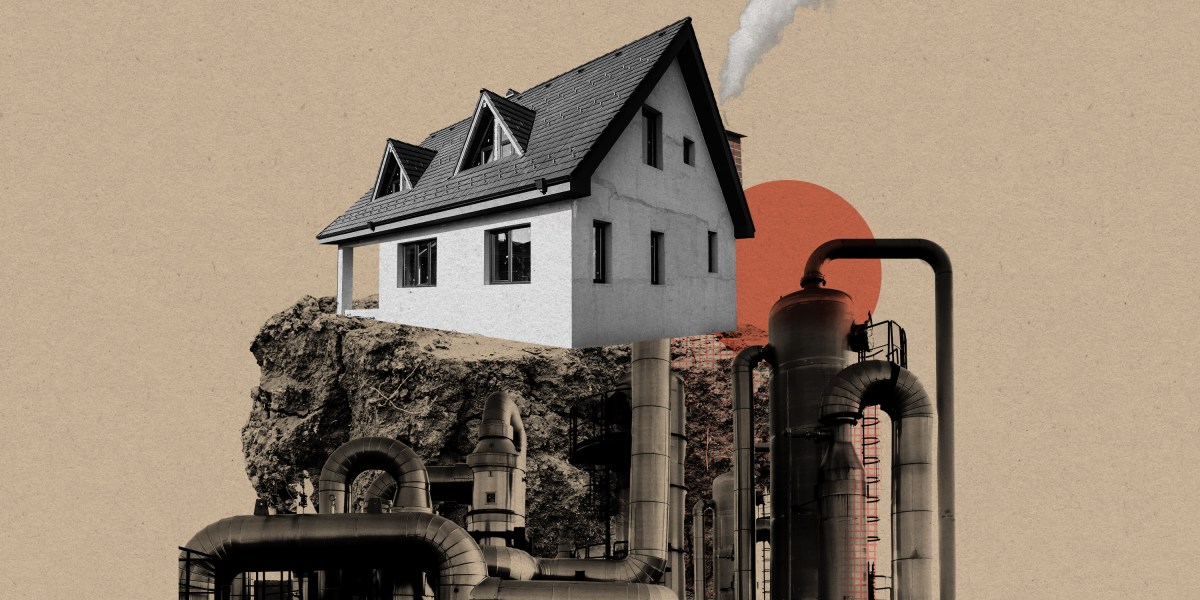
When installed, these networks can provide efficient, fossil fuel-free heating and cooling to commercial and residential buildings. Thanks to legislative backing and widespread support from utility companies and labor unions they’re likely to become an increasingly significant part of the future energy mix in the US.
“Heat is the largest source of waste energy and it’s an untapped resource,” says Zeyneb Magavi, co-executive director at clean energy nonprofit HEET (Home Energy Efficiency Team). “Once we have a thermal energy network, we can tap into that resource by moving it to where we need it.”
While the projects are still at the planning and regulatory stage in most of the 13 states, construction is already underway in some. In Framingham, Massachusetts, work has started on the country’s first geothermal network pilot project. Eversource, the utility company in charge, says it has completed 70% of the pipe installation and is on track to finish the project in November.
In 2022, New York became the first state to mandate that its largest utility companies design thermal energy network projects. In September, the state’s Public Service Commission issued guidance requiring utilities to submit revised proposals by the end of the year. If approved, these projects will move on to the next steps of engineering design and construction, with a target of being operational by 2025.
Similar efforts are ongoing in Colorado, Illinois, and New Jersey. Colorado passed a law in May that gave gas utilities permission to start developing thermal energy networks. Illinois is currently moving forward with a comparable bill.
